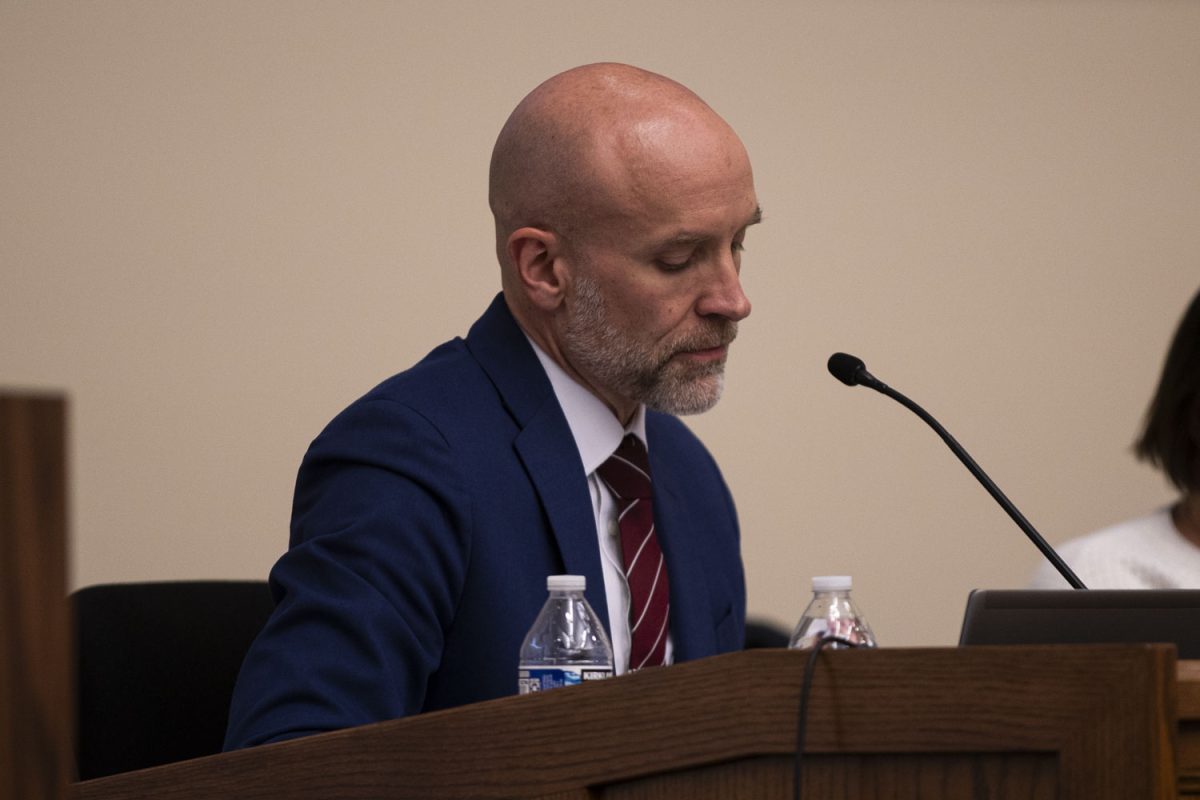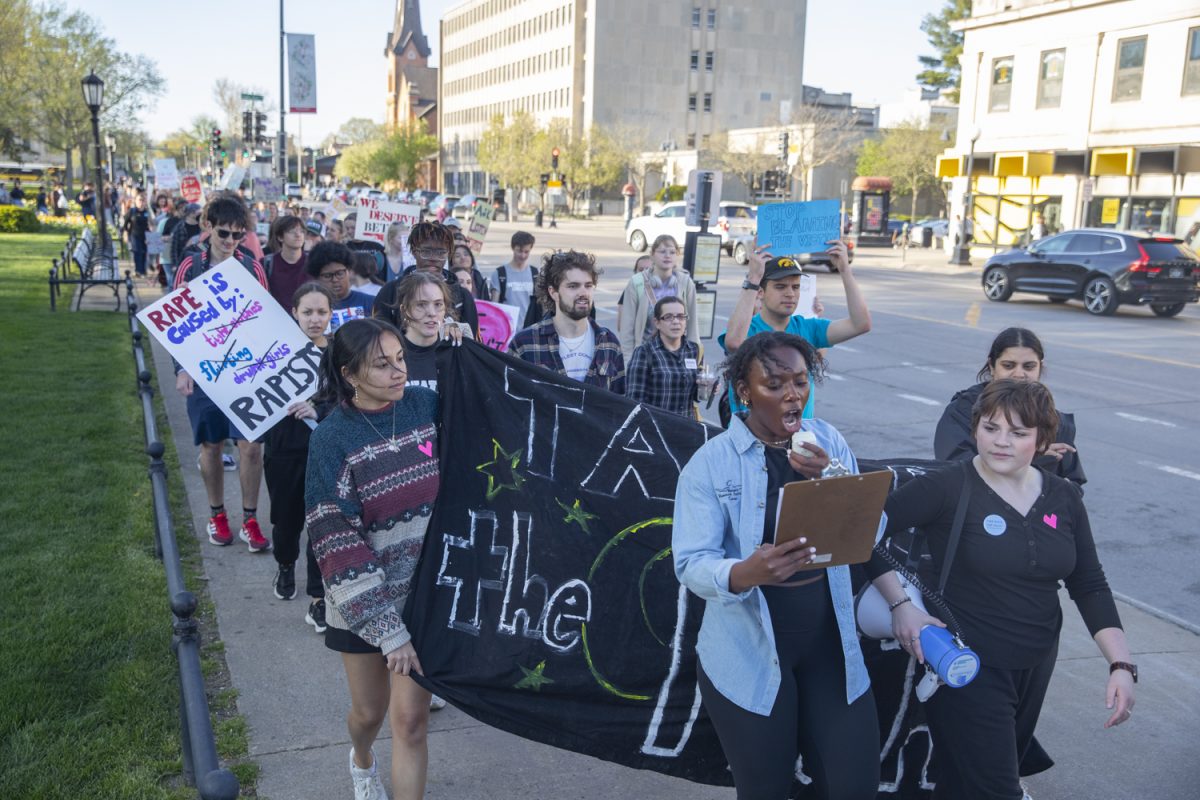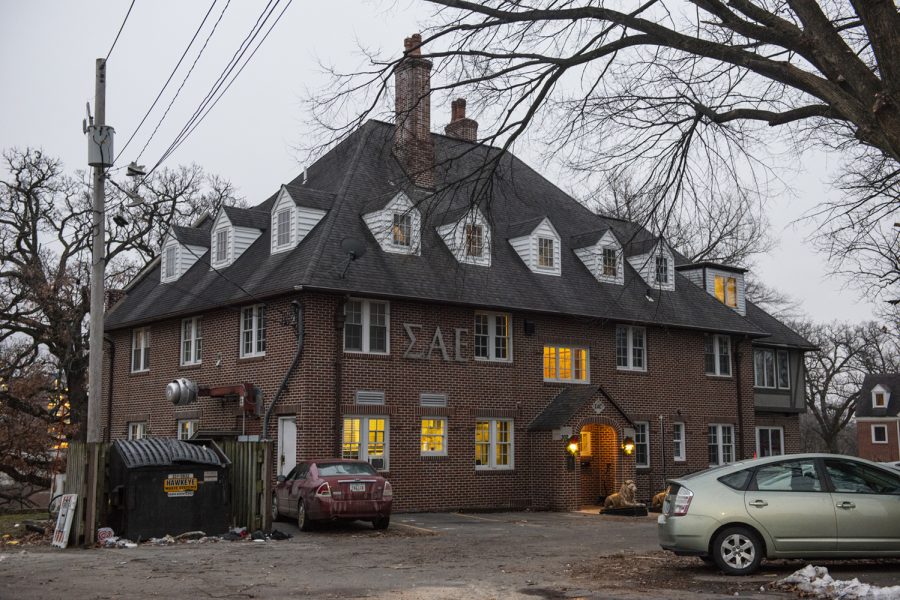Local storm chaser Corey Thompson is serious about getting tornadoes on film. He once stood outside his car to capture one — even through a buzzing swarm of mosquitos.
“We thought it was power lines, but then we looked up, and there was a cloud of mosquitos,” he said. “I probably ended up with 10 bites on my arm that night.”
But Thompson refused to put down the camera. And others in the area are picking up their own gear to observe extreme weather. Storm spotters observe and report those conditions from their homes.
The National Weather Service offers spotter-training classes, and attendance in Johnson County has been high recently — around 100 people per class — compared with many surrounding counties, said Tom Philip, a meteorologist with the National Weather Service of the Quad Cities. In eastern Iowa and parts of Illinois, more than 3,000 have participated in the classes covered by the Quad Cities National Weather Service this year.
But Thompson, the enthusiastic local, is not content to spot storms. He chases them. Having earned a meteorology degree at Valparaiso University, in Indiana, he has been on three major storm-chasing adventures since 2007.
Though he appreciates the book-based aspect of his storm education, “it’s something else to see them in person.”
And having friends who experienced the 2006 tornado in Iowa City increased his interest in becoming a meteorologist. Now, instead of just feeling excited about the extreme weather phenomenon, he said, he also understands how tornados affect people.
Others said last summer’s storms were compelling examples of the power of weather.
“My interest was well before last year’s events, but the aftermath of those events made me realize the impact that weather has,” said Joel Abrams, a spotter and chaser who lives north of Iowa City.
And after a massive tornado ripped through Parkersburg, Iowa, last summer, Abrams helped clean up the mess it left behind.
“It’s difficult to grasp the impact weather has until you are actually in the midst of the damage,” he said.
Debra “Dee” Suda, a UI clinical associate professor of psychiatry, took advantage of the National Weather Service classes two years ago.
Suda’s father — a science teacher — piqued her interest in storms as a child.
“He liked to teach me all about the clouds,” she said.
But experience was also a good teacher. Once, Suda saw a tornado destroy a farm near her hometown. From a safe distance, she and her family saw it “silently going across the horizon.”
The forceful winds that hit Iowa City on June 23 put Suda’s interest to good use. Hail, floodwater levels, and wind speeds near the ground cannot be detected by radar, so spotters have to report them, she said.
“If I’m going to watch severe storms — as I’ve done all my life — I may as well contribute to keeping people safe,” she said.






